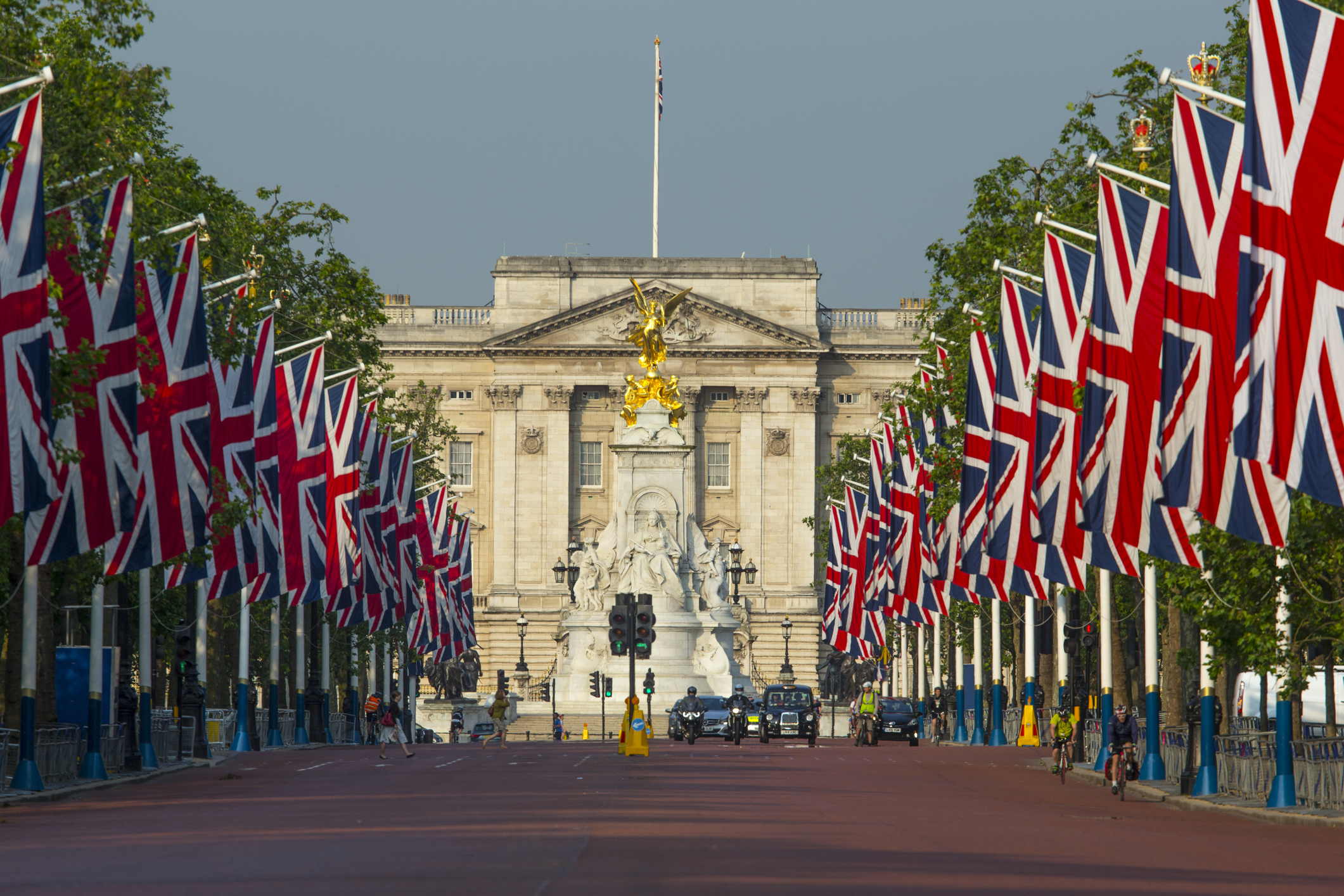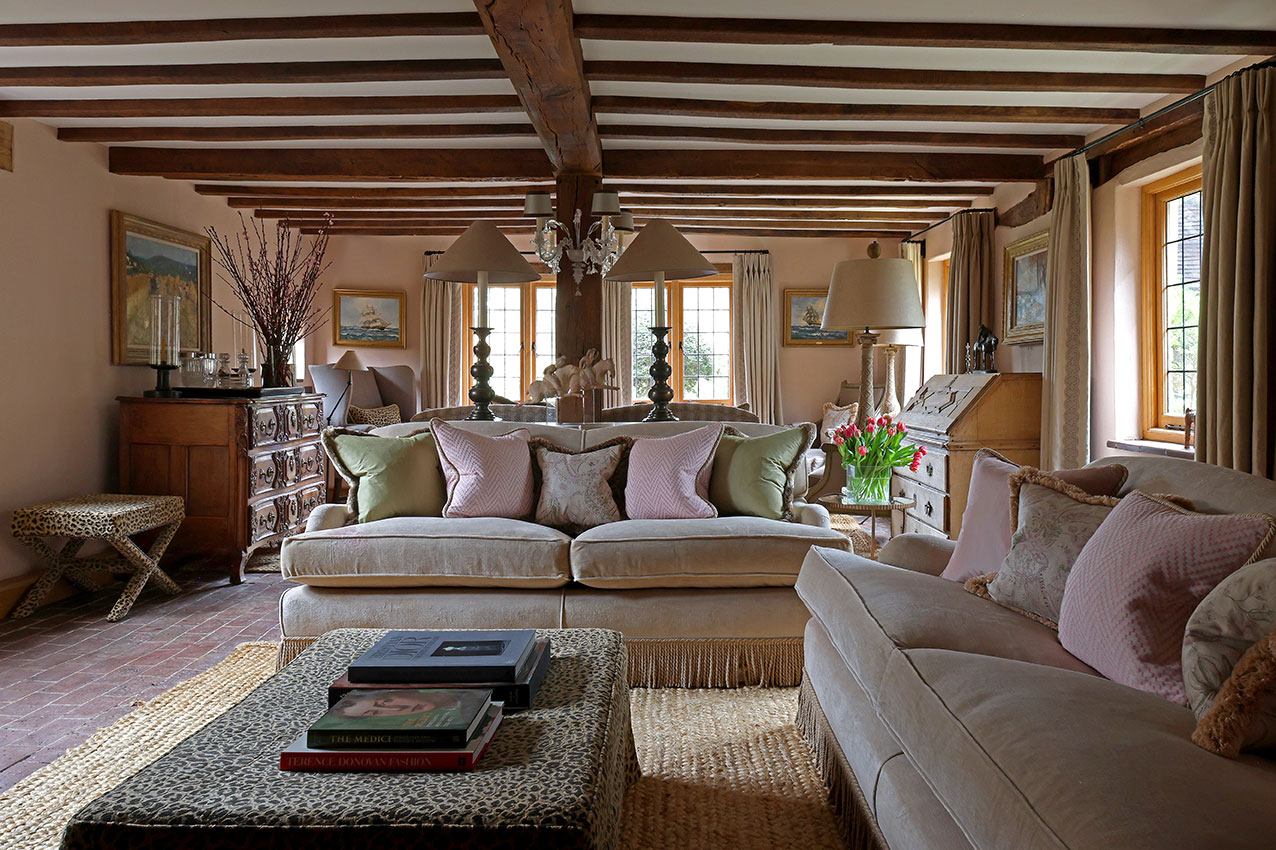My favourite painting: Gavin Plumley
Gavin Plumley, author and cultural historian, selects an unusual canvas with two painters credited.
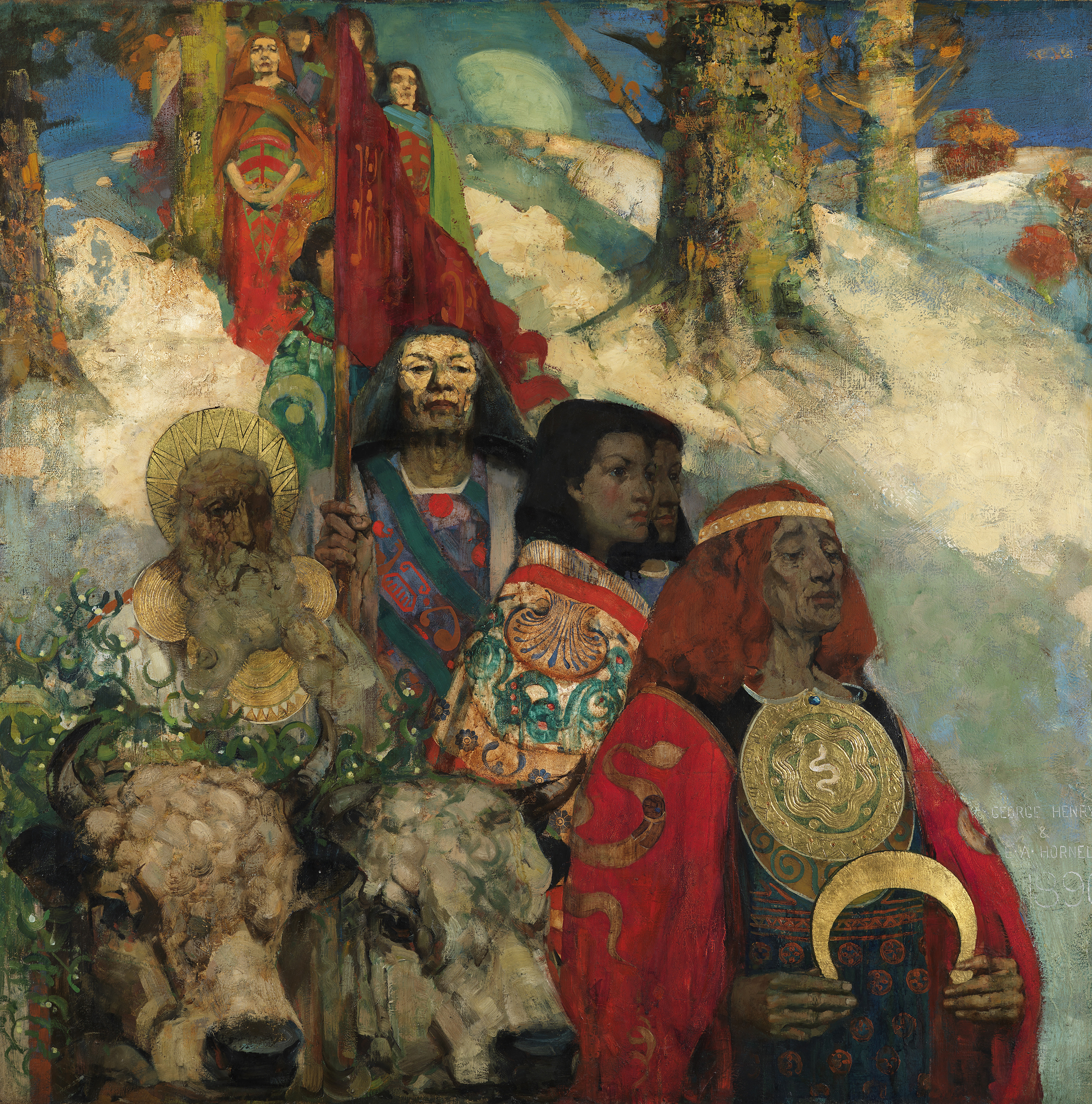

Gavin Plumley on his choice of 'The Druids: Bringing in the Mistletoe' by Edward Atkinson Hornel and George Henry
‘I was shattered when I first saw The Druids. Having delivered various lectures on “Vienna 1900”, the thought of more art was daunting. But then I found myself contemplating this strange, gilded procession.
'The austere reverence of the moonlight, the echoes of wider native cultures and the vibrant scarlet of Hornel and Henry’s palette rooted the Glasgow Boys’ incipient modernism in the ancient.
'As I wrote in A Home for All Seasons, mistletoe was often considered a cure for melancholy. And with cattle wreathed in its mystic branches, this rich foretaste of Klimt’s golden icons certainly lifts my winter mood.’
Gavin Plumley is an author and cultural historian. He appears in the newly released film on Gustav Klimt, Klimt and The Kiss.
Charlotte Mullins comments on 'The Druids: Bringing in the Mistletoe'
Edward Atkinson Hornel and George Henry were part of the Glasgow Boys, a group that is now seen as marking the birth of Scottish Modernism. They turned their backs on stuffy academic teaching to paint naturalistic scenes outdoors, inspired by Gustave Courbet, the Barbizon school and Jules Bastien-Lepage in France. Henry had trained at the Glasgow School of Art and the Académie Julian in Paris; Hornel had studied in Edinburgh and Antwerp in Belgium. The pair met when Hornel returned to Scotland in 1885 and, the following year, they spent the summer together in Kirkcudbright on the west coast, the home town of Hornel and by then an established artists’ colony.
Slowly, the pair left naturalism behind for a more decorative style that was full of colour and Celtic symbolism. The Druids: Bringing in the Mistletoe dates from 1890 and is the first work on which they collaborated. A party of druids processes down a snowy bank in ornate robes, their Celtic insignia picked out in gold.
The painting represented a giant leap from the work of their peers, who still painted country girls picking cabbages and boys ducking through broken fences in hand-me-down clothes. This has more in common with the symbolism of Paul Gauguin’s Vision After the Sermon (1888) and the flat patterns of Japanese prints. It initiated an interest in Celtic decoration — it also occupies a knotwork frame — and led to the Celtic Revival of the 1890s. The Druids was shown to great acclaim at the International Exhibition in Munich in 1890.
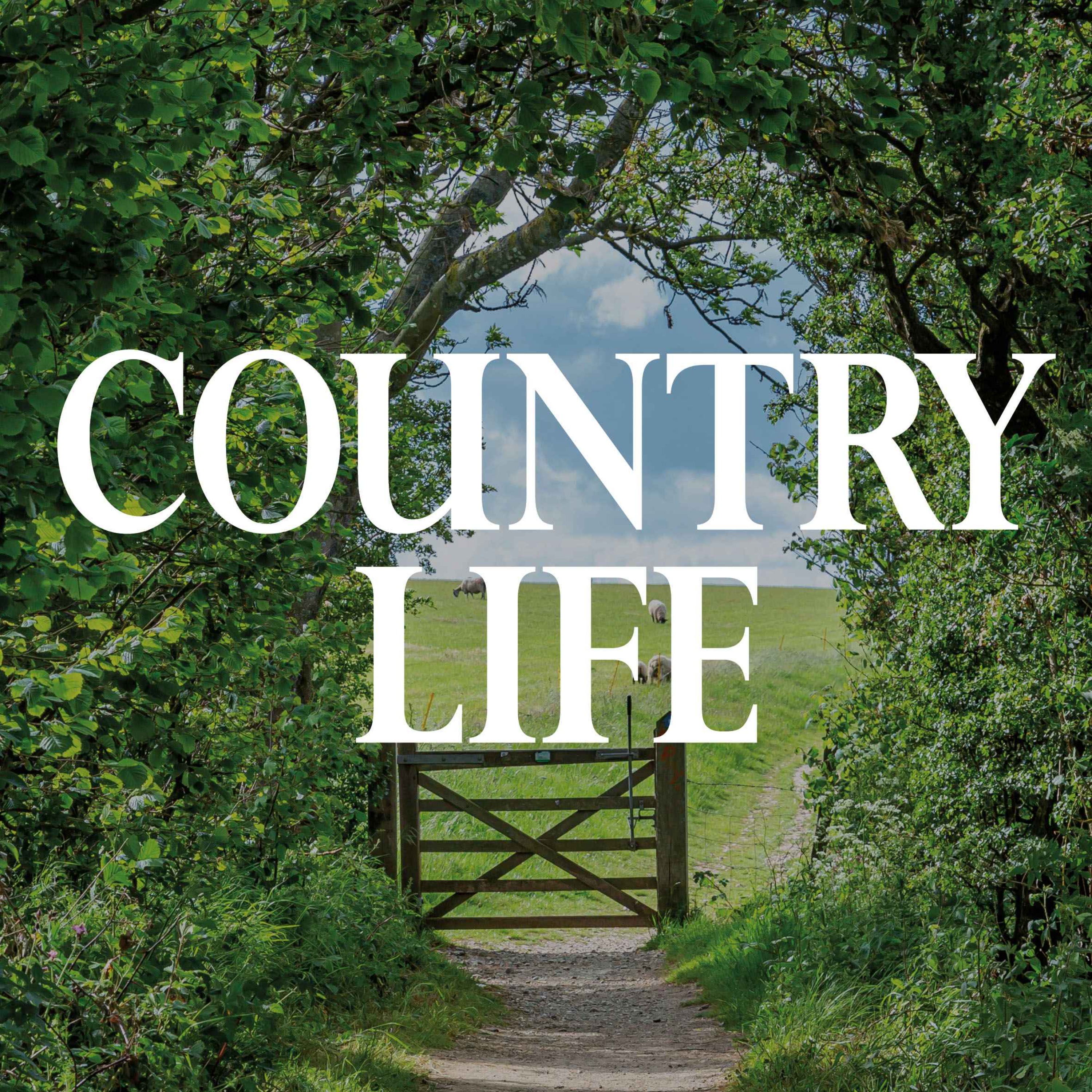
The Country Life Podcast
Listen to all the episodes of the Country Life Podcast.
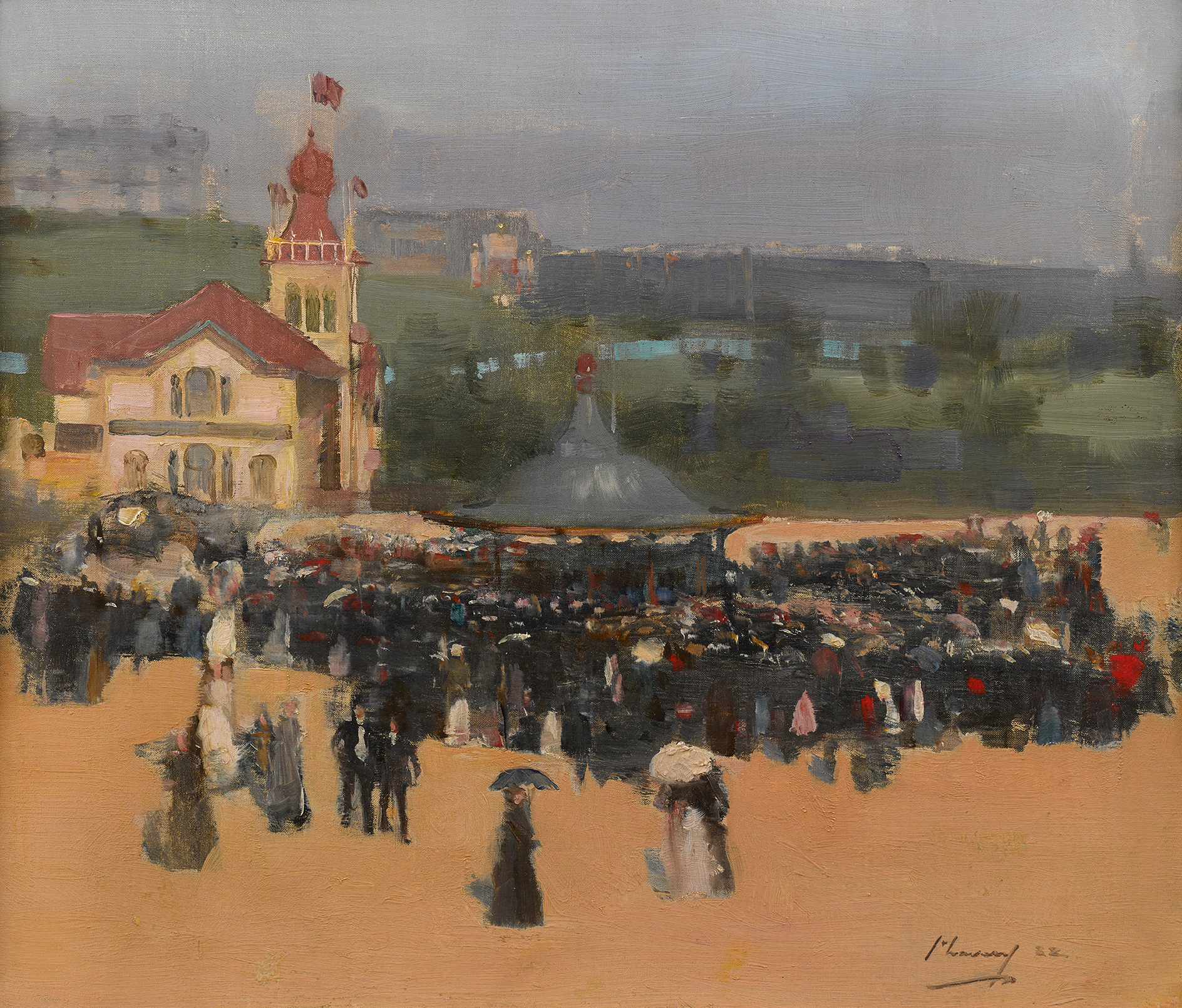
In Focus: The Glasgow Boys, the Scottish painters inspired by an iconic French Naturalist
Mary Miers revisits the work of a group of rebellious young artists who challenged the artistic establishment and became an
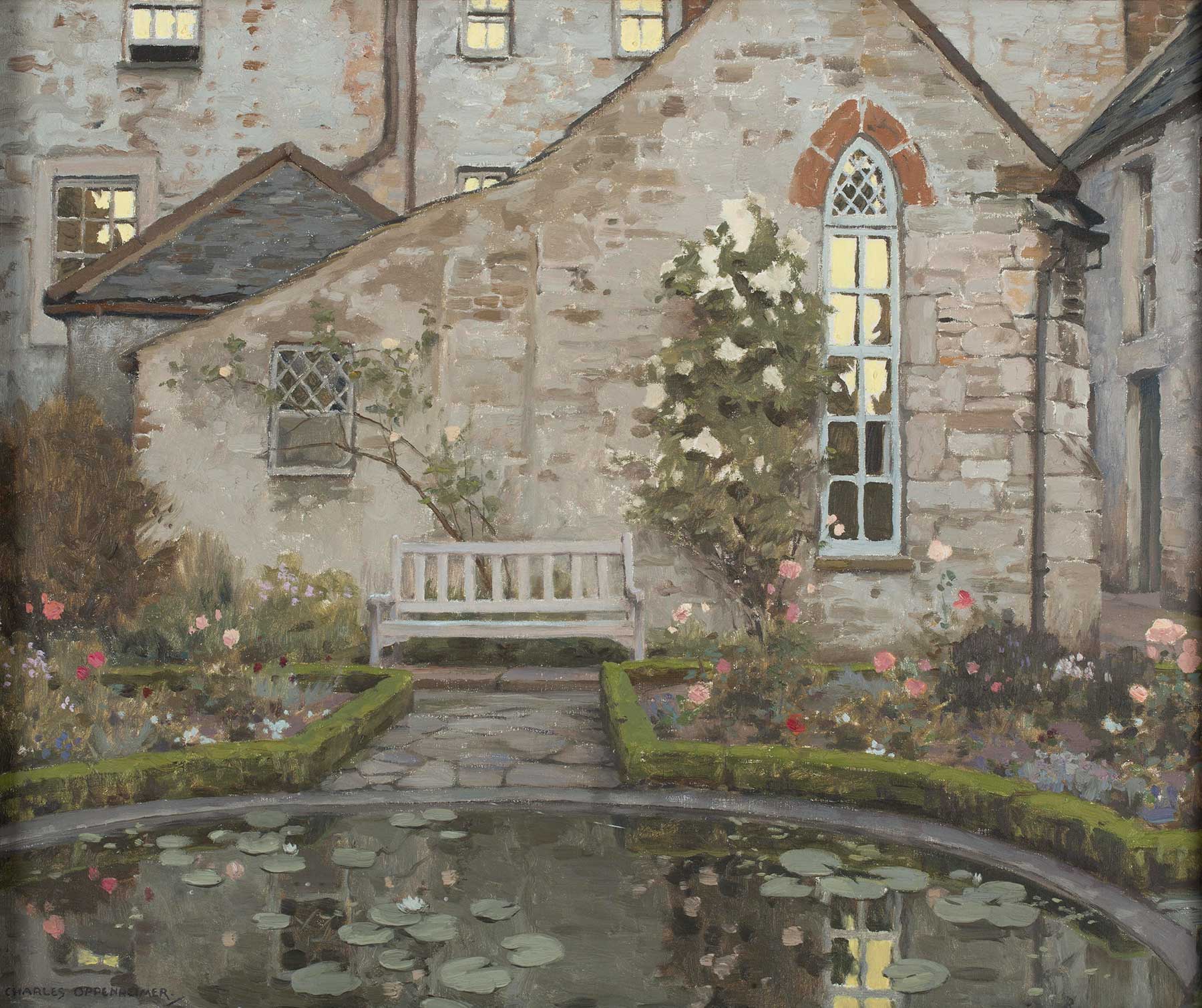
My Favourite Painting: Graham Lloyd-Brunt
The designer Graham Lloyd-Brunt picks a calming and peaceful image.
Sign up for the Country Life Newsletter
Exquisite houses, the beauty of Nature, and how to get the most from your life, straight to your inbox.

Charlotte Mullins is an art critic, writer and broadcaster. Her latest book, The Art Isles: A 15,000 year story of art in the British Isles, will be published by Yale University Press in October 2025.
-
 'As a child I wanted to snuggle up with the dogs and be part of it': Alexia Robinson chooses her favourite painting
'As a child I wanted to snuggle up with the dogs and be part of it': Alexia Robinson chooses her favourite paintingAlexia Robinson, founder of Love British Food, chooses an Edwin Landseer classic.
By Charlotte Mullins
-
 The Pre-Raphaelite painter who swapped 'willowy, nubile women' for stained glass — and created some of the best examples in Britain
The Pre-Raphaelite painter who swapped 'willowy, nubile women' for stained glass — and created some of the best examples in BritainThe painter Edward Burne-Jones turned from paint to glass for much of his career. James Hughes, director of the Victorian Society, chooses a glass masterpiece by Burne-Jones as his favourite 'painting'.
By Charlotte Mullins
-
 'I can’t look away. I’m captivated': The painter who takes years over each portrait, with the only guarantee being that it won't look like the subject
'I can’t look away. I’m captivated': The painter who takes years over each portrait, with the only guarantee being that it won't look like the subjectFor Country Life's My Favourite Painting slot, the writer Emily Howes chooses a work by a daring and challenging artist: Frank Auerbach.
By Toby Keel
-
 My Favourite Painting: Rob Houchen
My Favourite Painting: Rob HouchenThe actor Rob Houchen chooses a bold and challenging Egon Schiele work.
By Charlotte Mullins
-
 My Favourite Painting: Jeremy Clarkson
My Favourite Painting: Jeremy Clarkson'That's why this is my favourite painting. Because it invites you to imagine'
By Charlotte Mullins
-
 The chair of the National Gallery names his favourite from among the 2,300 masterpieces — and it will come as a bit of a shock
The chair of the National Gallery names his favourite from among the 2,300 masterpieces — and it will come as a bit of a shockAs the National Gallery turns 200, the chair of its board of trustees, John Booth, chooses his favourite painting.
By Toby Keel
-
 'A wonderful reminder of what the countryside could and should be': The 200-year-old watercolour of a world fast disappearing
'A wonderful reminder of what the countryside could and should be': The 200-year-old watercolour of a world fast disappearingChristopher Price of the Rare Breed Survival Trust on the bucolic beauty of The Magic Apple Tree by Samuel Palmer, which he nominates as his favourite painting.
By Charlotte Mullins
-
 My favourite painting: Andrew Graham-Dixon
My favourite painting: Andrew Graham-Dixon'Lesson Number One: it’s the pictures that baffle and tantalise you that stay in the mind forever .'
By Country Life
